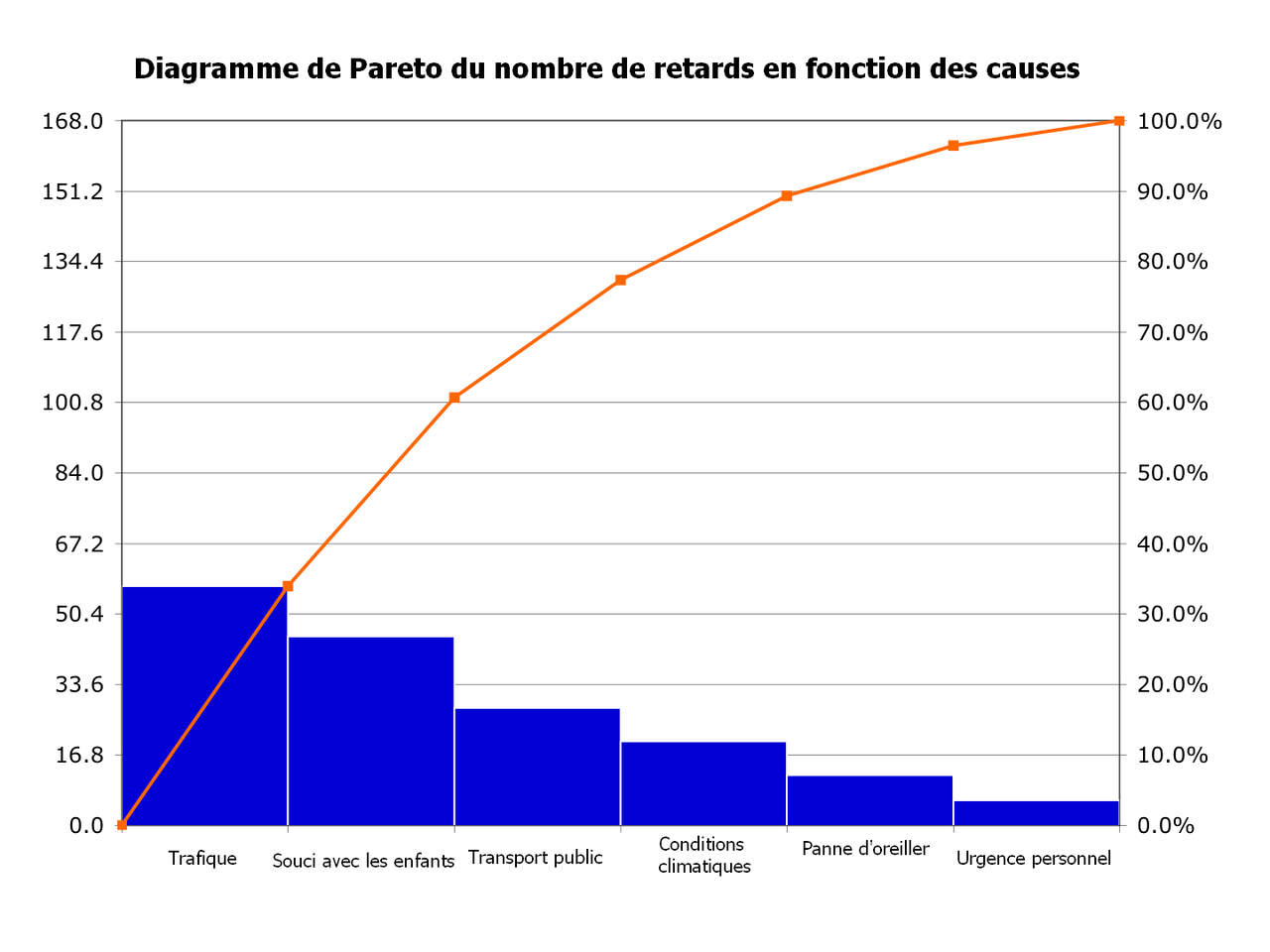To improve the efficiency of a business, increase its productivity or achieve better quality in its products or services, there are two main methods: ongoing improvement and process reengineering. The first option is based on the application of changes in a smooth and gradual fashion, while process reengineering means a radical transformation in the way of doing things and in job dynamics.
Ongoing improvement

Ongoing improvement consists of the implementation of minor changes in production systems or organisational frameworks, with the aim of achieving a steady but constant growth of quality levels of a business.
Organisations who opt for this system periodically reconfigure their multi-departmental work teams who are in charge of detecting problems or areas with space for improvement, providing solutions and implementing them following an established route map.
Advantages
-
Changes are not produced in a traumatic way, and consequently they are accepted favourably and naturally by employees.
-
Their implementation does not require any major investment or effort by employees.
-
A gradual, progressive and continuous increase in quality, efficiency and process-profitability can be achieved.
Disadvantages
-
In general, spectacular benefits will not be achieved in the short term.
-
Sometimes, we can be surpassed or surprised by certain, riskier and more aggressive campaigns, conducted by the competition.
Process reengineering
When a company opts for a radical redesign and reconceptualisation of its organisation, production systems and/or work dynamics, we are talking about process reengineering.
In this case, changes are sudden and far-reaching aiming to achieve a quick and significant increase in the production level or product quality and services. Normally, this new process entails the complete eradication of the previous process, considering it inefficient and obsolete.
Advantages
-
If the correct decisions are taken and implemented in the correct way, notable improvements can be gained in efficiency and productivity, reaching a very positive overall balance.
-
The results are tangible in a short time.
Disadvantages
-
Changes are sudden and radical, which can cause bad feeling and adaptation difficulties in some employees.
-
This is the solution that carries the greatest risk, due to possible inability to adapt by employees and the major investment required.
Ongoing improvement versus process reengineering
When it comes to ongoing improvement and process reengineering, the inevitable question is: which of the two systems is better and more recommendable?
Initially, ongoing improvement is the more natural and far less traumatic method to search for quality and excellence in the context of process management. Its easy implementation, the generally good reception from professionals and positive experience undergone by the companies who have already applied this method, makes ongoing improvement the most practical, efficient and recommended system for most businesses and scenarios.
Nevertheless, in certain circumstances there remains no other option for a business than to assume the risks and introduce radical changes through process reengineering. For example: when costs are too high, the production system useless, outdated or ineffective, the products or services are not receiving a good market reaction, or when the company is in a clearly inferior position to the competition.


